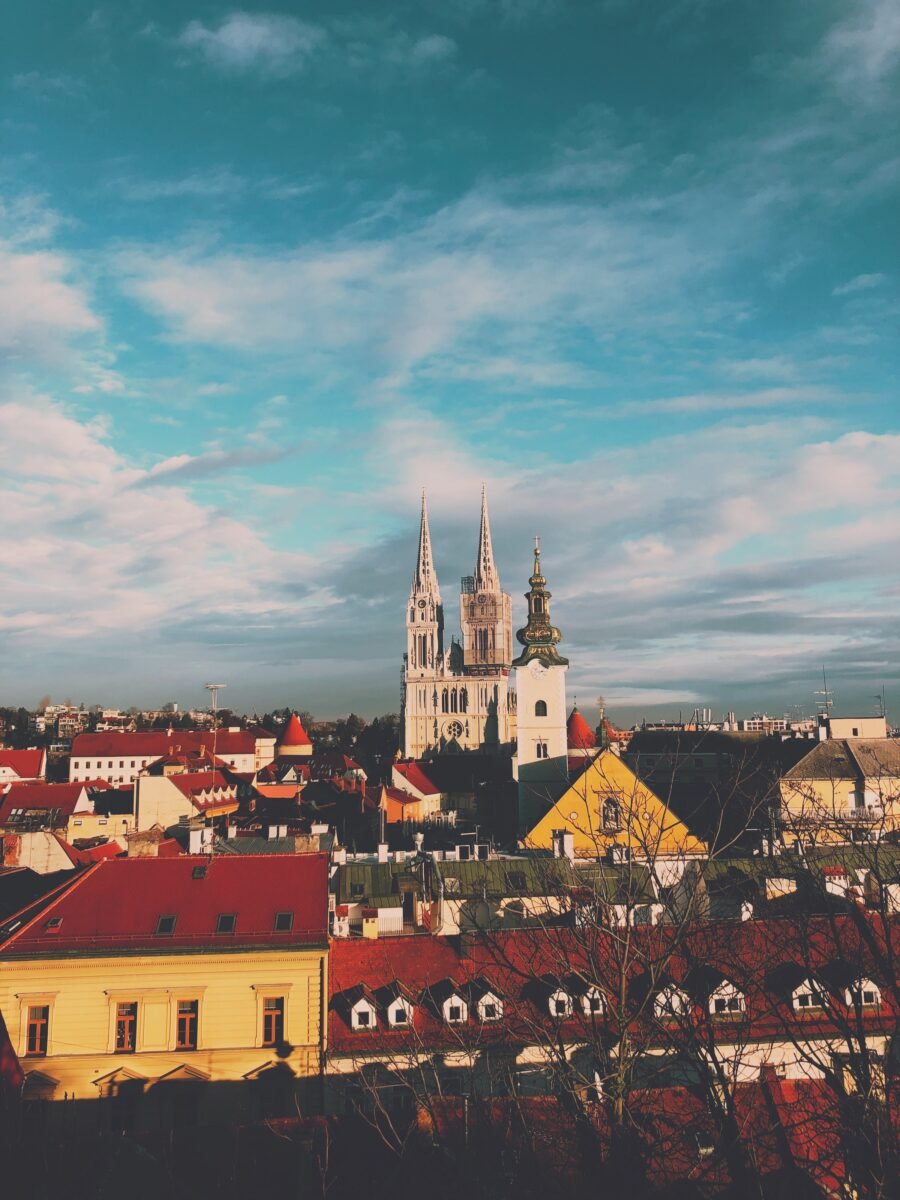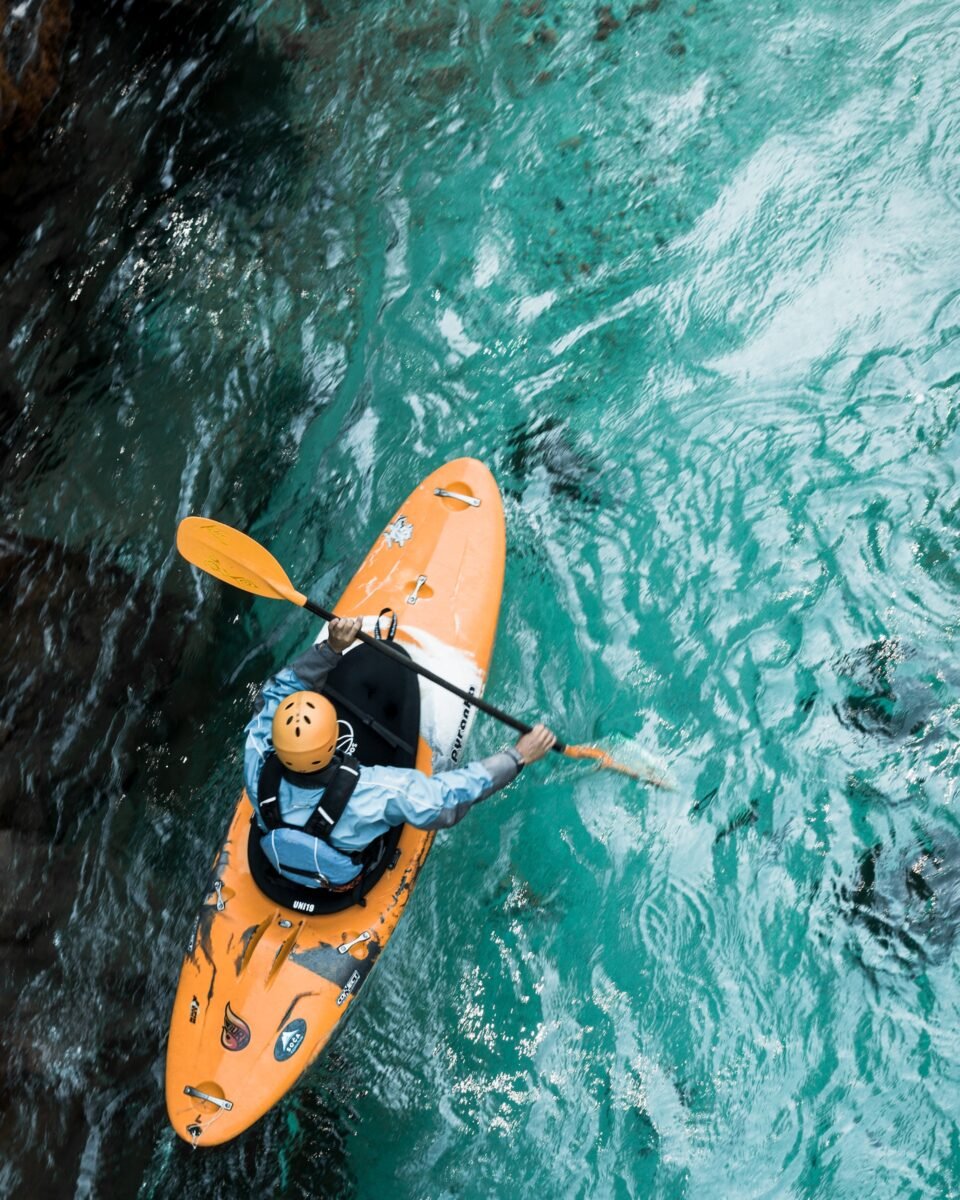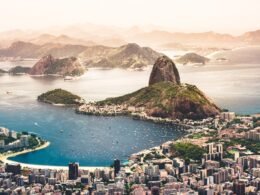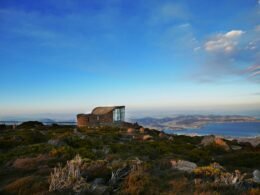Croatia is a Balkan country in Southeast Europe, bordering Slovenia and Hungary to the north, Serbia to the east and Bosnia and Montenegro to the south. It’s a beautiful country with a coastline running alongside the Adriatic Sea all the way along its western border. Croatia is a popular tourist destination, especially in the summer months, thanks to its Mediterranean climate, white sandy beaches and unspoilt nature.
Croatia is made up of many different regions, including thousands of islands, mountainous regions, valleys, lakes and cities. Whether you prefer cities, culture and Croatian cuisine, or nature and outdoor pursuits, Croatia has a lot to offer.
Thanks to its stunning coastline, paradisical islands and lush nature reserves, Croatia is a very beautiful country. It’s also a great interrailing destination, being connected to many other countries in the Balkans and Europe. In this guide we consider some of the country’s best regions.

Dubrovnik
Dubrovnik is a city at the southern tip of the country, close to the border with Bosnia and Herzegovina and Montenegro. It’s on the coast next to the Adriatic Sea and is a popular tourist destination thanks to its medieval architecture and rich cultural heritage. The city itself is a UNESCO World Heritage Site and part of the city is walled.
It is more expensive than other parts of the country, but well worth a visit for those wishing to visit a city steeped in history. Before visiting, bear in mind that Dubrovnik has a humid subtropical and Mediterranean climate, making the summers especially hot and humid. By contrast, winters are cool and there will be more chance of rain.

Zagreb
Zagreb is the capital and largest city of Croatia. It’s located in the northwest part of the country with many flight routes from Europe stopping there. Zagreb is a good starting point since there’s plenty of cultural and historic sites worth visiting, including the old medieval centre of the city and its museums, art galleries, cathedrals, parks and markets. The city also makes for an excellent base for exploring the nearby Medvednica Nature Park.

Dalmation Coast
Dalmatia, or the Dalmation Coast, is one of the four historic regions of Croatia, stretching along the coast for over 3,000 miles. Some of the major cities include Zadar in the north and Split, which is further south. It’s a stunning coastline with crystal clear waters and excellent opportunities for fishing, boat rental and water sports, such as snorkelling and scuba diving.
Both Split and Zadar make for excellent bases for exploring some of the country’s many islands. If the cities are too much for you, don’t worry, there are plenty of smaller towns and villages dotted along the coast, with lots of inexpensive hostels, hotels and camping sites. Be sure to enjoy the Croatian cuisine, which includes a lot of seafood as well as stewed vegetables, pasta and pizza.

Croatian Islands
There are more than a thousand islands lining the coastline of Croatia, ranging from large, inhabited islands with towns, bars and galleries, as well as smaller, uninhabited islets that can be reached by a rented boat. Some of the most popular islands for first-time travellers to the country include Hvar, which can be reached via ferry from Split. Hvar has lots to offer, including white sandy beaches, hidden coves, vineyards, medieval villages and excellent spots for swimming. It also has a reputation for being a party island with a vibrant nightlife.

Other noteworthy islands include Krk, which is off the coast of Rijeka, and the most populous island in the Adriatic Sea. It’s actually connected to the mainland by a bridge and there are campsites on the island. It’s also a great place for water sports, including scuba diving and water skiing. Brac is another favourite, which is off the coast of Split, and is renowned for its windsurfing opportunities, caves and pebble beaches.
Elaphiti is an island off the coast of Dubrovnik and makes for an excellent getaway from the city in the summer, which can be crowded and humid. It’s known for its pristine beaches and verdant vegetation. There are so many islands from which to choose, so it’s worthwhile doing some research before you go.

Rijeka & Istria
Both Rijeka and Istria are located in the north of the country to the west of Zagreb. Rijeka is a city on the coast, while Istria is a peninsula in the Adriatic Sea. The peninsula includes the Učka mountain range and many rivers and valleys, making it a great place to hike, camp and explore. Hiking is especially popular in the region, and the peninsula itself actually extends across into Slovenia and Italy.
Rijeka is located just outside the peninsula and is going to be less crowded and less humid than other cities, such as Zagreb and Dubrovnik. Rijeka has a thriving arts scene, so it’s worthwhile checking out some of the independent galleries and stores if you’re interested.

Plitvice National Park
Plitvice is an inland national park that contains numerous lakes. It’s known for its natural beauty and its well-preserved ecosystem. It’s among the oldest and largest of the national nature reserves in Croatia and covers an area of almost 300 square kilometres. It’s also a UNESCO World Heritage Site and contains numerous waterfalls, caves and limestone-bedded lakes.
The park also contains lots of wildlife, including over fifty mammal species, including martens, wild boar and voles, as well as lynx, brown bears and lots of bird species. The entrance price is around 300 Kuna, which is around €39.

Croatia: A Stunning Coastline & A Rich Heritage
Croatia is a unique country with a varied landscape, culture and climate. Not only does it offer travellers a stunning coastline with many amazing beaches and clean waters, but it also offers historic cities, a delicious cuisine, breath-taking architecture and ample opportunities for outdoor adventure. Whether island-hopping or interrailing, Croatia is a must for any traveller.














